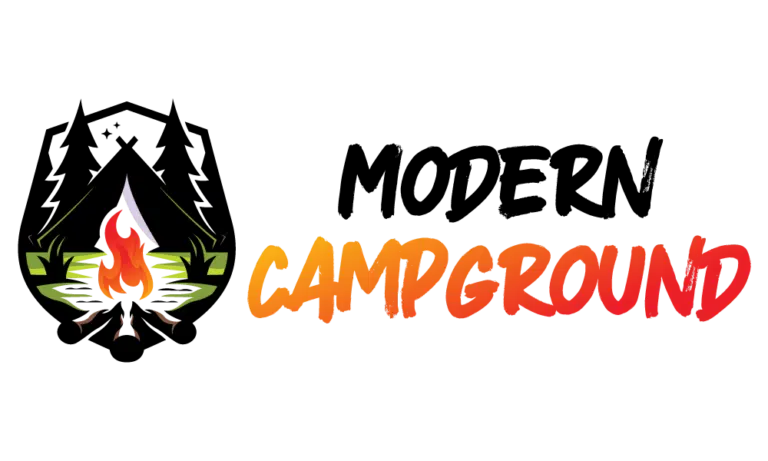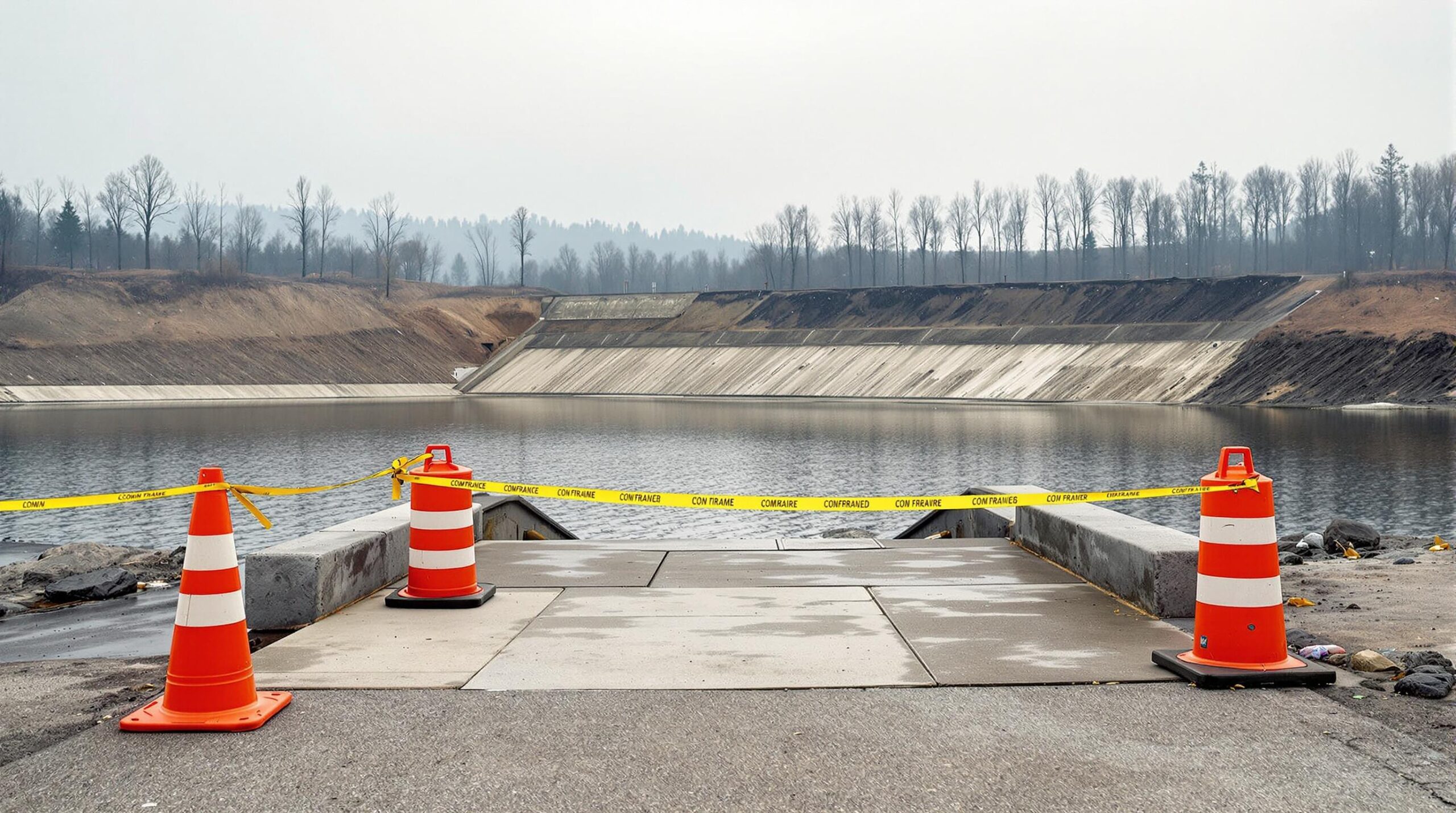A crumbling 10-by-20-foot void beneath the spillway at Lake Waxhoma Dam and March’s wind-driven wildfires that scorched roughly 170,000 acres and killed four people have forced Oklahoma authorities to shut lake recreation areas due to the March wildfires, with Lake Waxhoma’s recreation area also closed because of the spillway void just as the summer tourism rush approaches.
The hole under the concrete spillway was first detected in 2021, according to the dam timeline. Congress set aside $1.6 million for permanent repairs the next year, but by late April 2025 the money had not been spent and only a temporary rock patch covered the breach.
Heavy rain in early May washed out that patch, sending water into Bird Creek and closing sections of State Highways 11 and 20 for several days, May incident records show.
Local officials immediately closed all Waxhoma recreation sites until engineers can certify the spillway is stable.
Local authorities are still reviewing repair options, and no construction start date has been announced. Campground owners say the uncertainty makes it impossible to guarantee lake access for upcoming reservations.
Separately, a series of wildfires in March burned about 170,000 acres, destroyed more than 300 buildings and injured 142 people, according to a state wildfire report. Fueled by wind gusts up to 85 mph and drought-dry grass, the fires raced across 44 counties.
Even sites outside the immediate burn zones felt the impact. Smoke, detours and safety checkpoints triggered a wave of canceled RV and tent bookings.
Meanwhile, campground and RV-park operators can translate these events into an actionable playbook: complete a yearly risk assessment that lists dam failures and wildfires; rehearse a written evacuation plan with every staff member; keep redundant guest-alert systems such as text blasts, app notifications, NOAA radios and on-site sirens; set up mutual-aid pacts with neighboring parks for generators or overflow space; store grab-and-go incident command kits; use simple language when directing guests; and document every response so procedures improve after each crisis.
Local authorities say engineers continue to study Waxhoma’s spillway while forestry crews stamp out lingering hot spots from the March fires.
Officials have not offered a firm reopening timeline but stress that public safety will dictate every decision as peak season nears.
Because repairs and recovery could stretch through the summer, operators may need fresh revenue streams. Diversifying with disc-golf courses, guided hikes, outdoor movie nights and themed weekends; partnering with local wineries or farms; deploying mobile assets like food trucks; offering flexible rebooking instead of full refunds; checking business-interruption coverage; and hosting community events such as farmers markets can keep cash flowing even when the lake is off-limits.
Meteorologists anticipate spring thunderstorms, which may impact areas affected by drought.
With repairs underway and lessons learned, operators say proactive planning—not perfect weather—will keep the season alive.


